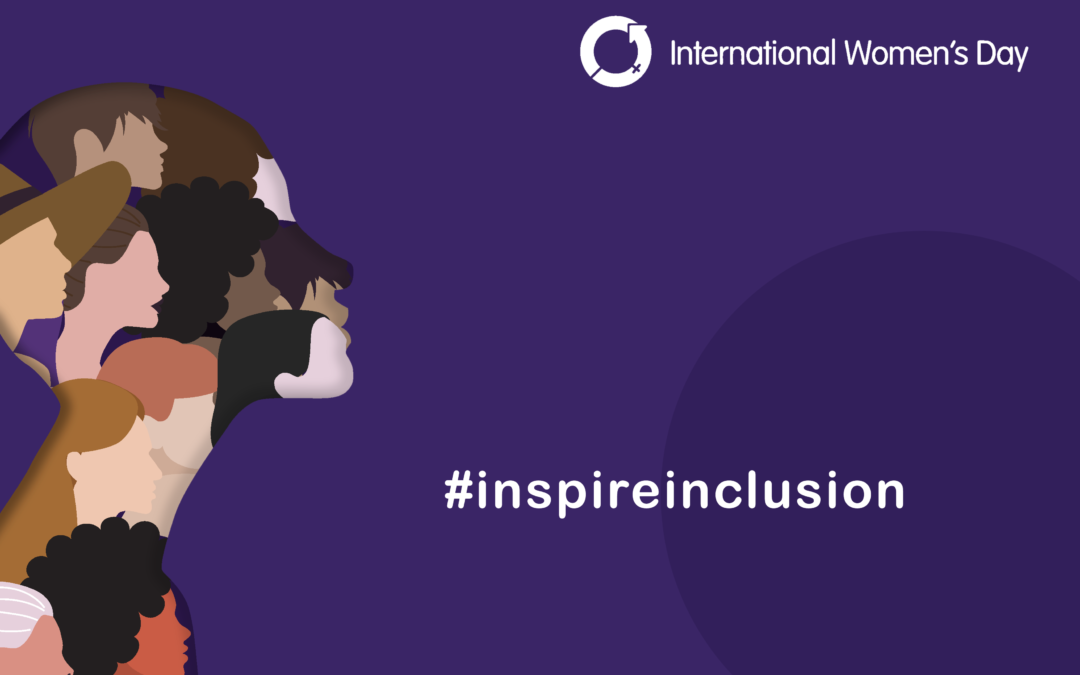As the world commemorates International Women’s Day, it’s a poignant moment to reflect on the progress made and the challenges that persist – stubbornly in a country like Australia – and what a complex and multifaceted issue it is.
Imagine for a moment, a gender equal world… A world free of bias, stereotypes, and discrimination. A world that’s diverse, equitable, and inclusive. A world where difference is valued and celebrated.
Legislative Action and Workplace Realities
Australia, often viewed as a progressive nation, still contends with a wide chasm of disparities between genders. Last year Labor’s reforms were passed in parliament to drive employer action and speed up progress to close the gender pay gap in the workplace. As well as assisting with the nation’s overall economic growth and prosperity, the laws aspire for Australia to be an equal and fair society for all.
Insights from the WGEA Report
In February the WGEA Gender Pay Gap report made up of about 5,000 Australian private sector employees was published for the first time, promoting transparency and accountability. The disparity reported a gap of more than 50% in some Australian organisations. With the average woman in Australia taking home only 78 cents for every one dollar a man makes. To acknowledge this statistic, on IWD this year, some companies supported their female employees to leave their workplace at 3.14pm (the time equivalent to the pay gap, based on standard nine-to-five work day).
Occupational Segregation is a Key Contributor
One of the primary drivers of the gender pay gap is occupational segregation. Women are often concentrated in lower-paying industries and roles such as caregiving, hospitality, and retail (which tend to offer more flexibility), while men dominate higher-paying sectors like finance, technology, and engineering, offering higher salaries and better advancement opportunities.
The Role of Businesses in Closing the Gap
The conversation on disparity is simply not going to go away. Now there is improved visibility on which organisations have significant pay gaps (with more data on public companies to come), it will be far more challenging for these businesses to attract and retain the best talent in the marketplace, unless they up their game.
Empowering Women in Leadership
Businesses need to examine their leadership teams, gauging the representation of women in senior executive positions, and be prepared to provide additional training and support to facilitate women’s advancement into these roles in the future.
The Where Women Work careers platform celebrates the impressive work of women, while providing evidence of how employers actively support women’s careers worldwide. The platform provides insight into what it’s like to work for a company, what the company does, and what career pathways are possible across the entire talent pipeline: interns, apprentices, graduates, experienced hires, women returners, executives – thus encouraging further women to apply for latest jobs. It calls for action and the need to break down barriers and structural inequalities.
Promoting Gender-Neutral Parental Leave Policies
We also need to be able to offer initiatives for men – especially in senior leadership roles – to have the option for taking on parental/carer leave duties without it being frowned on or impeding a promotion, to carry out these important life duties. Let it be normalised and not undervalued. These judgements have certainly hampered women in the past, even preventing them from attaining leadership roles in the first place.
Institutional Shifts: Insights from Macquarie Group Ltd
My colleague Anita Ziemer had the privilege of listening to a panel discussion with the CEO and Managing Director of Macquarie Group Ltd as part of the International Women’s Day series of national events. What struck Anita was the way that Shemara talked through the institutional shifts that Macquarie has adopted. Whilst it’s important for more women to stay in the STEM fields and move into the more typically male dominated commercial careers such as banking and finance, Macquarie itself holds itself to some critical cultural norms. These include hiring 50/50 men and women at entry level roles, although only 30% of applications come from women. They have a ‘life-long’ partnership approach to retaining high performers, throughout their parenting years and encourage both men and women to negotiate management working arrangements. They are doing a lot of development work with their leadership team on developing and holding women. She didn’t shy away from the fact that Macquarie’s still has a way to go on gender pay gap inequality but they are taking an institutional wide approach to addressing the challenge.
Individual Responsibility and Inspiring Inclusion to Bridge the Gap
But an organisation can only do so much. It’s also up to early, mid and late-stage career women to grasp the opportunities, put their hands up and navigate through challenging periods in their professional journey with confidence.
Finally, as we celebrate the achievements of women on IWD and focus on “inspire inclusion” – what does that really mean? Well, we need to commit to bridging the gender gap in Australia and beyond. We need to acknowledge the disparities, amplify diverse voices, and advocate for meaningful change.

Susannah has over 18 years of experience in the industry and ten years overall within Slade Group. She has worked as a recruiter both in-agency within our divisions and in-house on the client side. Having worked with final5, nexthire and Slade Executive over the years, the majority of assignments and project work Susannah has undertaken have been in the permanent space. She has broad knowledge across our sector specialisations including Business Support, Law, Government and Education, as well as sound understanding of a range of roles at various levels. Susannah currently focuses on professional placements, from mid-tier to management.

